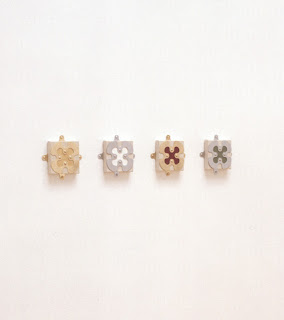Thoughts On: Martin Creed
Thoughts from a talk by Martin Creed that I attended at the end of September this year as part of the Guests@Grays series (2016).
More on Martin Creed can be found via his webpage http://www.martincreed.com
Martin Creed is concerned primarily with conflicts inherent in human nature: truth in/of the self vs the need to please others and be liked; difficulties he feels in communicating your own ‘truth’ when you don’t know it yourself and questioning how you can even trust yourself to be telling the truth. He uses his own fears as a jumping off point for his work, setting himself the task of ‘jumping off the cliff’ in terms of the work that he pursues. Despite his success much indecision and self-doubt inform his methods and practises.
Creed is a very deep thinker, a Conceptual Artist who brings a lot of meaning and depth to his pieces. Even in the naming of his Works there is a methodology and philosophy. He explains that he dislikes titles, as titles imbue a preconceived notion on top of a work and in his words are “pretentious”. He disliked the common practice of labelling thinks “Untitled” and decided to use a numbering method instead.
One of Creed’s biggest fears and realisations was that nothing in life is fixed, and all thats happening is that you are losing time, thus: Life = Losing. Which is why he believes recording is important and sees paintings and sculptures are methods to achieve that.
 |
| Work No.54, Martin Creed, 2000 |
He has also explored the view of his work and paintings as purely functional. Asking himself ‘what function does a painting have?’ he surmised the paintings function is to ‘not fall off the wall’ which informed his piece Work no. 54, 2000. After distilling down the functionality of painting, he became obsessed with the method by which the paintings would be fixed, screws, and began to question and explore this in detail. Even down to the direction in which the heads of the screw *should* sit. The paintings which resulted from this investigation became the first piece he had made which he felt happy with.
Creed also likes to look at what is already in the space, and find ways to work with that. For example in Work 227 Lights Going On And Off, a Conceptual and Site-Specific piece which won the Turner Prize in 2001 that has it’s origins in 1995 in Work no. 127. Creed explained that the question he posed himself was ‘what can I do with what is already here?’. A similar thought process informs his protrusion and intrusion pieces such as Work No. 83 and Work No. 184.
 |
| Work No.83, Martin Creed, 1993 |
 |
| Work No. 184, Martin Creed, 1997 |
Creed is concerned with Communication and the inherent untruths within the question of trying to communicate with another person, and seeks to create work which takes account of that. The analogy he used was of a car and a train, travelling parallel to one and other on road and rail respectively. You can see the person in the train, give them a wave, but you can’t get on the train. You can never get inside someone else's head and therefore you can never really know what it is like to be them and feel, know and understand their truth.
However, as Creed doubts even his own feelings (explaining that people find it difficult to accept the way they are and lie inwardly as much as they lie outwardly in order to project a likeable version of themselves both to the inner and outer world) he asks how can he trick himself into revealing his real truth of his feelings? To this end he had developed a method of writing a song and reversing the meaning of the words, as he surmised that often when you say you hate something - the opposite is actually true. For example the lyrics within song “I Like Things” clearly came from a dark and unhappy moment. “I Feel Very Well / I Feel Positive / I Like Things A lot / I’m Happy”, reversed back to their original iteration, would read negatively.
More on Martin Creed can be found via his webpage http://www.martincreed.com

